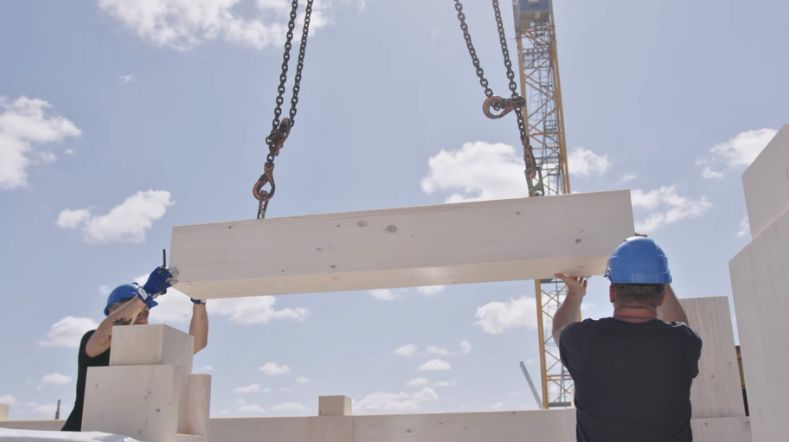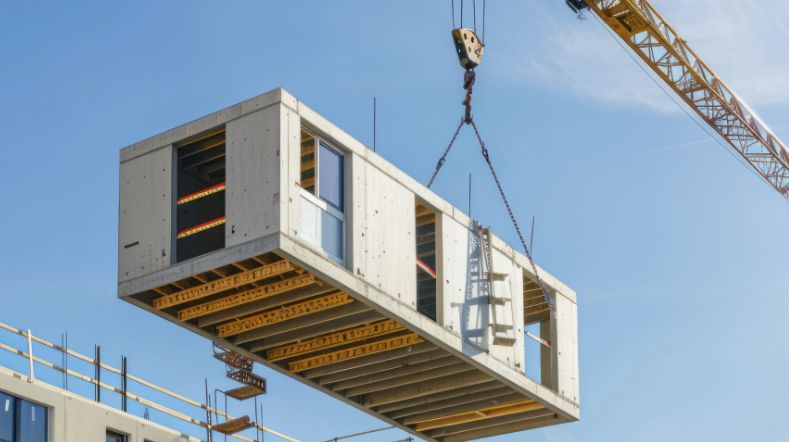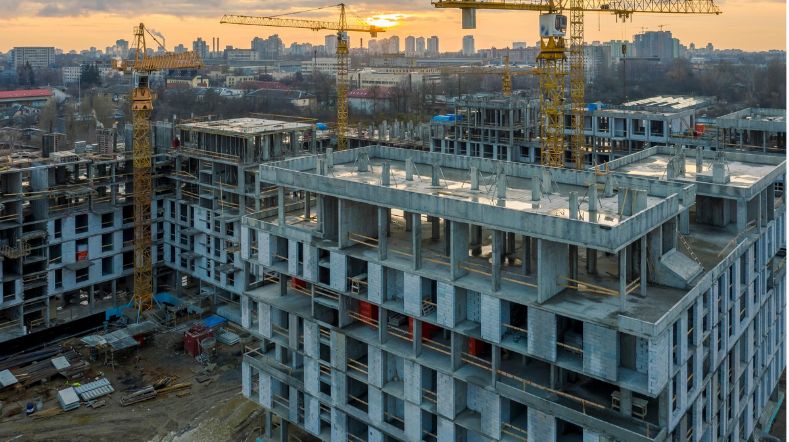
Well-prepared for the next pandemic: seven practical tips for proper ventilation
Adequate ventilation systems are crucial to offer better protection against viruses such as COVID-19 for vulnerable groups in healthcare facilities. This is one of the main conclusions of the P3Venti research programme coordinated by TNO. Thanks to this research programme, we now know a great deal more about airborne viruses and ventilation systems and have gained practical tools to help make sound decisions in any future pandemics. Based on these insights, we have come up with seven recommendations to ensure we are better prepared for pandemics at the national level.
Airborne transmission of viruses
‘During the COVID-19 pandemic, we implemented numerous measures despite still knowing little about how the virus behaved,’ says Roberto Traversari, senior advisor and researcher at TNO.
Traversari is the scientific lead on the Programme for Pandemic Preparedness and Ventilation (P3Venti), which is funded by the Ministry of Health, Welfare and Sport. ‘One of the key questions was how far the virus could travel through the air in a room,’ he says.
Knowledge gaps as the foundation for P3Venti
During the pandemic, the Dutch National Institute for Public Health and the Environment (RIVM) identified major knowledge gaps on airborne viruses, which became the foundation for P3Venti, Traversari explains. ‘How many viral particles are needed to cause an infection? The virus you breathe out is infectious in theory, but over time, it becomes less so.
How do factors such as humidity, temperature, and CO₂ levels influence this risk? What is the most efficient way to deploy ventilation and air purifiers? And what should our priorities be: which sectors of society need the most help? How do we balance cost with benefits? Three years is not enough to find all the answers, but this programme has allowed us to take the first important steps in the right direction.’

'Our strength lies in our expertise both in the biomedical field (viruses and everything related to them) and in building design (how to ensure buildings are climate-resilient and provide a healthy atmosphere).’
Combining biomedical knowledge and building expertise
TNO is coordinating the programme, which brings together research institutes and universities. Traversari explains, ‘TNO has been heavily involved in studying ventilation and virus transmission ever since the pandemic broke out. Our strength lies in our expertise both in the biomedical field (viruses and everything related to them) and in building design (how to ensure buildings are climate-resilient and provide a healthy atmosphere).’
In addition to reducing exposure to viruses, ventilation is also hugely important in climate adaptation in terms of mould prevention and heat distribution in buildings.
Protecting vulnerable groups
P3Venti primarily looks at healthcare facilities, one of TNO’s areas of expertise. Initially, the focus was on long-term care, which saw the most acute problems during the pandemic.
Later, the scope was extended to major social hubs, such as swimming pools, medical fitness facilities, smaller gyms, and yoga studios. These kinds of venues attract large numbers of people but are often housed in outdated, poorly ventilated buildings.
Looking beyond the virus itself
The true value of the programme lies in the fact that it covers different bases, according to Lisette Rueb, P3Venti programme manager.
‘There are actually three parts to it: the biomedical research focused on the virus itself, at how it behaves. The technical research examined how particles spread in a room, including through the use of a large-scale mock-up and field studies of different ventilation systems. Finally, we analysed policies and decision-making processes during a pandemic. We then turned all the insights from those three pillars into specific courses of action. That is what makes this programme so valuable.
What are the conclusions?
Three years later, all the research has now been completed. The results were unveiled at the P3Venti closing symposium on 9 October 2025. Roberto shares some of the most striking observations to come out of the programme:
1. Virus particle concentrations vary greatly in a room
‘Many models used to assume that virus particles were distributed evenly across a space, but we have shown that this is not the case. Concentrations are much higher around someone who is infected.’
2. Proper ventilation reduces the risk of infection
‘As a ventilation system delivers more fresh air to a room, the concentration of virus particles decreases and the air composition becomes more consistent. This reduces the likelihood of infection in a given room.’
3. A better designed ventilation system is significantly more effective
‘Together with Eindhoven University of Technology, we built a large mock-up – a test space where we could endlessly vary the size and
location of the air supply and exhaust vents. We demonstrated that the best-designed system offers up to three times more protection against exposure to virus particles, even when the same volume of ventilation is supplied.’
4. Current methods for measuring airborne viruses are inadequate
‘It is extremely difficult to collect infectious particles from the air. Concentrations are low, and stress can cause virus particles to becomes inactive as soon as they are collected, making it impossible to determine how infectious they are. Moreover, different sampling methods yield different results. So, we need to be aware of the method we are using and come up with innovative, accurate measurement techniques.’
Seven specific recommendations
These conclusions have been developed into seven recommendations to make the Netherlands more prepared for any future pandemic:
Memories of the last pandemic may be starting to fade, but being prepared for another pandemic across the country is vitally important. Policymakers have a responsibility to protect vulnerable members of our society and should therefore make this a shared priority.
The question is not if, but when the next pandemic will happen. Previous TNO research has also shown that improving indoor air quality can substantially reduce the costs on society.
Little is known about how respiratory viruses behave in the air, even for many well-known ones. That is why, together with the National Institute for Public Health and the Environment and Erasmus MC, TNO has developed a method to map out what are known as inactivation characteristics, which show how sensitive viruses are to variables including temperature, humidity, and CO₂ concentrations.
This information could be stored in a database so that new viruses can be quickly compared to known ones, enabling faster and more targeted countermeasures.
In times of crisis, decisions have to be made even when there is a lack of hard evidence. We have identified the other aspects to consider in the decision-making process, so that nothing is overlooked, all the factors are weighed up, and decisions can still be made quickly. This makes preventive policy more transparent and more efficient.
Natural ventilation using only windows and vents cannot guarantee a consistent airflow under all conditions. This increases the risk to vulnerable groups under long-term care, in terms of exposure not only to viruses but also to other harmful airborne substances.
A ventilation system provides a much better assurance that a room is adequately ventilated. Ventilation guidelines based on quality procedures similar to those used for hospitals could also be beneficial for long-term care facilities, swimming pools, and smaller gyms.
Investing more during new construction or renovation costs considerably less than retrofitting systems in response to the threat of a new pandemic.
Ventilation systems are only effective if they are properly and regularly maintained. Vents are all too often taped up or closed, leading to poor system performance. Routine maintenance for ventilation systems should be made compulsory, as is already the case for fire safety installations.
For staff in long-term care institutions and major sports facilities, it is critical to understand the importance of ventilation and know how to use a ventilation system properly. An awareness campaign could help achieve this.
Organisations themselves should also train their staff on how to use systems and on the importance of ventilation, for example by referring them to ventilerenzogedaan.nl.
Get inspired
TNO boosts market opportunities for bio-based building materials made out of fibre


Reclaimed timber deserves a new purpose as a high-quality building material


Industrial and conceptual construction


Reliable Structures


Building materials


